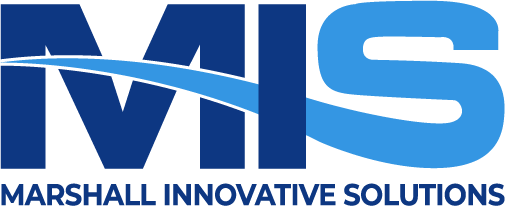In the fast-paced world of modern business, efficiency isn’t just a luxury — it’s a necessity. For small businesses, tech startups, and entrepreneurs striving to scale and compete, streamlining workflows can mean the difference between success and stagnation.
Enter workflow automation: a game-changing approach to replacing manual, time-consuming processes with digital efficiency.
But what tools make this transformation possible? For many businesses, the magic lies in tech stacks like LAMP, MEAN, and MERN. These powerful frameworks offer the backbone for creating tailored solutions to simplify workflows, boost productivity, and cut costs.
Let’s dive into what these stacks are and how they can revolutionize your operations.
The Power of Workflow Automation
Workflow automation replaces repetitive manual tasks with automated processes, reducing errors and freeing up time for more strategic activities. Whether it’s managing customer inquiries, processing orders, or handling data synchronization, automation tools can:
- Save Time: Automate routine processes, allowing teams to focus on high-value work.
- Enhance Accuracy: Eliminate human errors common in repetitive tasks.
- Boost Scalability: Handle increasing workloads without a proportional rise in costs or staff.
- Improve Collaboration: Streamline communication and ensure team members stay aligned.
LAMP, MEAN, and MERN: Foundations of Automation
Workflow automation doesn’t happen by magic. It requires robust frameworks to build applications and integrate processes effectively. That’s where LAMP, MEAN, and MERN come in.
1. LAMP (Linux, Apache, MySQL, PHP)

The LAMP stack is a tried-and-true framework that has powered countless web applications. It’s especially valuable for small businesses looking for reliable and cost-effective solutions.
- Linux: Provides a stable, open-source operating system.
- Apache: Handles web server duties for hosting applications.
- MySQL: Manages databases, enabling efficient storage and retrieval of information.
- PHP: Offers flexibility in coding server-side scripts.
Use Case: Automating a customer feedback system. LAMP can power a web-based application that collects feedback, organizes it in a database, and triggers automated follow-ups or analytics dashboards.
2. MEAN (MongoDB, Express.js, Angular, Node.js)

The MEAN stack is a modern, JavaScript-based framework ideal for creating dynamic, cloud-ready applications. Its versatility makes it a favorite among tech startups.
- MongoDB: A NoSQL database for flexible, scalable data storage.
- Express.js: Simplifies backend development with robust middleware.
- Angular: Builds dynamic, user-friendly frontends.
- Node.js: Ensures high-speed server-side operations.
Use Case: Automating inventory management. A MEAN stack application can track stock levels in real time, send alerts for low inventory, and sync data with sales systems.
3. MERN (MongoDB, Express.js, React, Node.js)

Similar to MEAN, the MERN stack swaps Angular for React, a popular library for building highly interactive user interfaces. MERN is perfect for businesses prioritizing seamless user experiences.
- React: Enables developers to create fast, responsive interfaces.
Use Case: Automating client onboarding. A MERN stack application can guide clients through a self-service onboarding process, integrating with CRM tools for automatic data entry.
Why These Stacks Matter for Small Businesses and Startups
- Cost Efficiency: Open-source components keep development costs low.
- Scalability: Easily handle growing workloads as your business expands.
- Customizability: Tailor solutions to your unique needs, ensuring relevance and usability.
- Integration Capabilities: Seamlessly connect with third-party tools and APIs, such as payment gateways, marketing platforms, and analytics tools.
Getting Started with Workflow Automation
Implementing workflow automation might feel daunting, but these steps can guide you:
- Identify Bottlenecks: Analyze existing workflows to pinpoint inefficiencies.
- Set Clear Goals: Define what you want to achieve with automation (e.g., faster processing, better accuracy).
- Choose the Right Tools: Select the stack that aligns with your business needs and technical expertise.
- Develop and Test: Work with developers to build and test your automation solutions.
- Monitor and Optimize: Continuously refine workflows to ensure maximum efficiency.
Final Thoughts
In today’s competitive landscape, workflow automation isn’t optional — it’s essential. With frameworks like LAMP, MEAN, and MERN, small businesses, tech startups, and entrepreneurs can unlock new levels of efficiency and innovation. By embracing these tools, you’re not just streamlining processes; you’re building a foundation for sustainable growth.
So, what’s holding you back? Dive into workflow automation today and watch your business transform.

